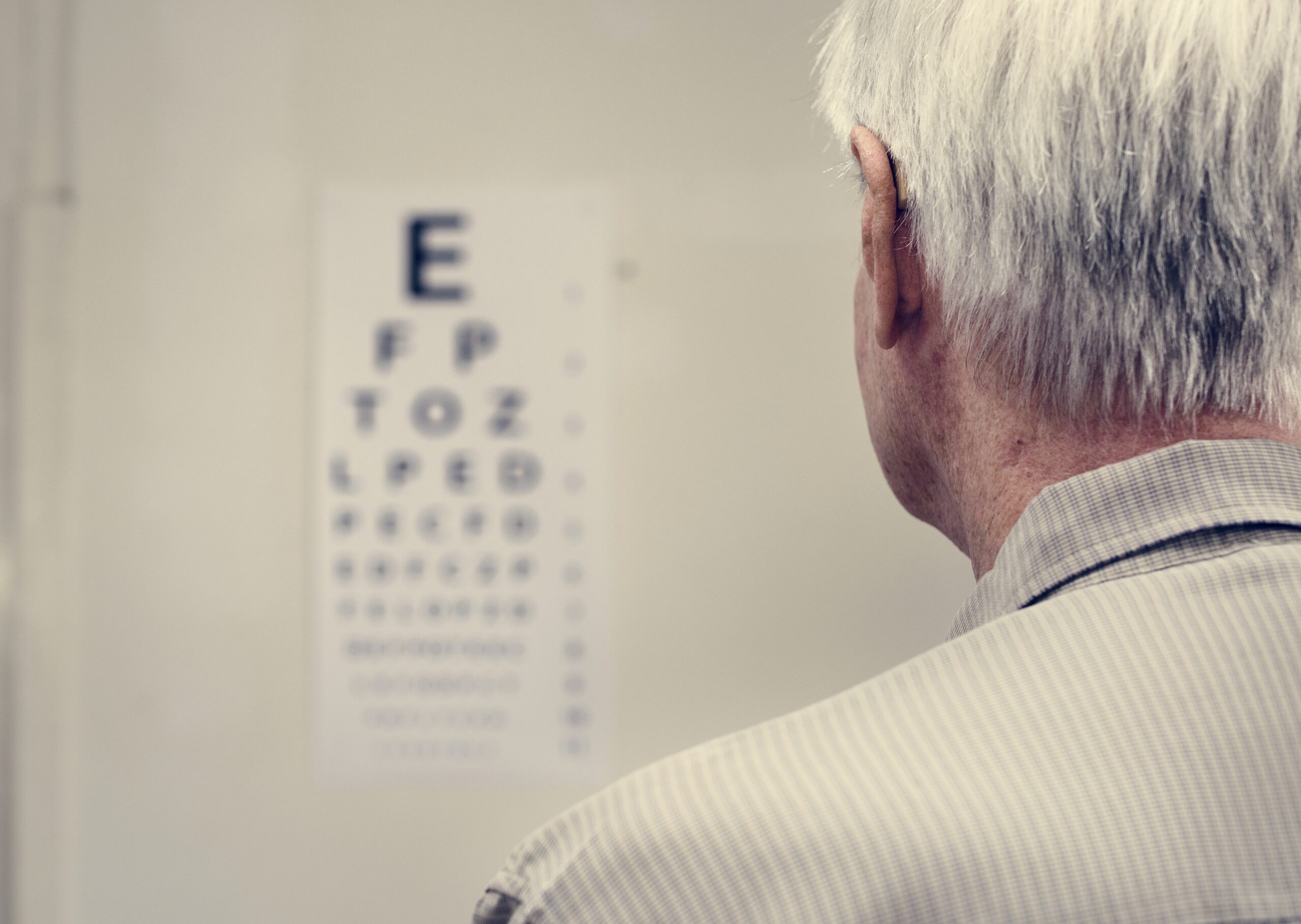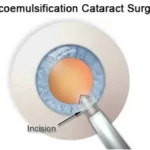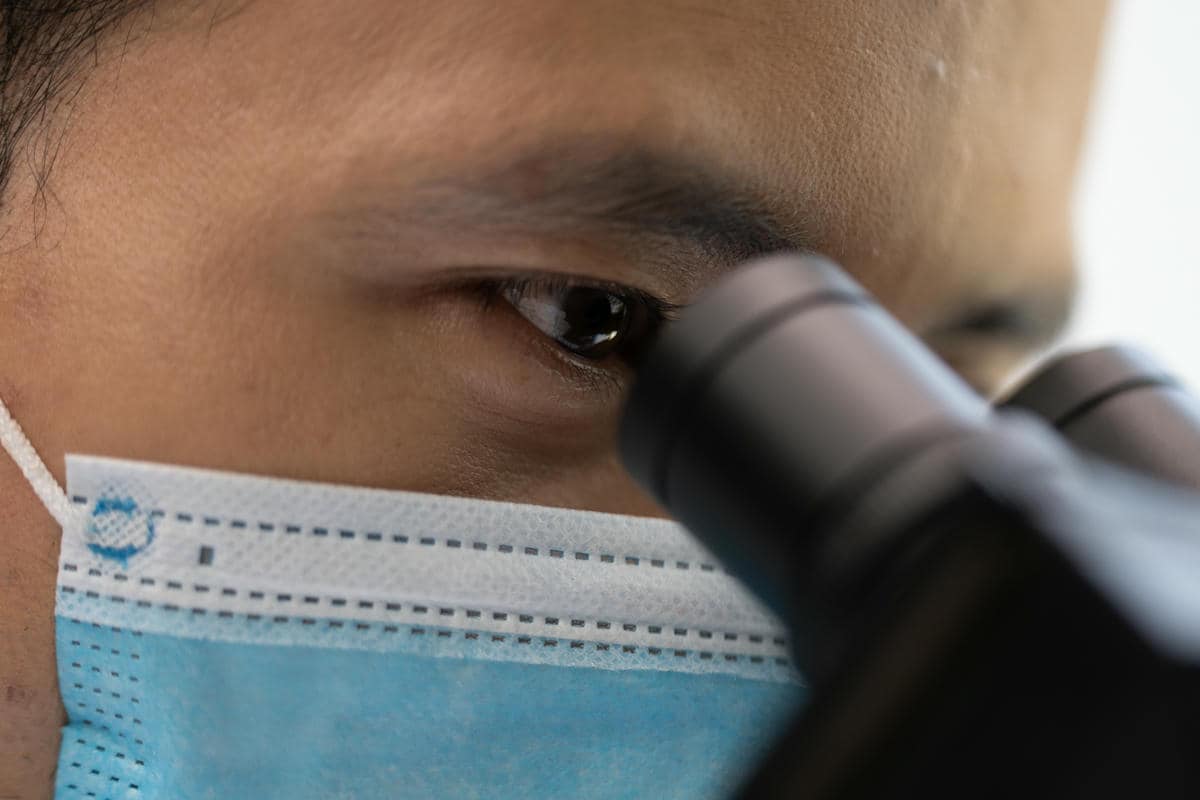Age related macular degeneration (AMD) is a multifaceted eye condition characterized by the deterioration of the macula, a small but critical area located at the centre of the retina. This region plays a pivotal role in facilitating sharp, central vision, allowing individuals to discern fine details and perform tasks such as reading, driving, and recognizing …
Age related macular degeneration (AMD) is a multifaceted eye condition characterized by the deterioration of the macula, a small but critical area located at the centre of the retina. This region plays a pivotal role in facilitating sharp, central vision, allowing individuals to discern fine details and perform tasks such as reading, driving, and recognizing faces. While AMD predominantly manifests in older adults, its impact extends far beyond age demographics. A comprehensive understanding of the intricate interplay between genetic predisposition, environmental influences, and lifestyle factors is essential for devising proactive strategies aimed at averting AMD onset and slowing its progression. By unravelling the complexities of AMD pathogenesis, researchers and healthcare professionals can empower individuals with the knowledge and tools necessary to safeguard their ocular health and preserve visual acuity throughout the ageing process.
Factor affecting Age Related Macular Degeneration
- Advancing Age: Age is the most significant risk factor for AMD. As individuals grow older, changes in the retina, including the accumulation of waste products and alterations in blood flow, contribute to the onset and progression of AMD. While AMD can occur at any age, it becomes more prevalent after the age of 55 and significantly increases in frequency beyond the age of 85.
- Smoking: Smoking is strongly associated with an increased risk of AMD. The harmful chemicals present in tobacco smoke, such as nicotine and carbon monoxide, damage the delicate cells of the macula and impair retinal function. Smoking also accelerates the progression of AMD, leading to more severe vision loss over time.
- Body Weight: Obesity and excessive body weight are linked to a higher risk of developing AMD. Adipose tissue produces inflammatory substances that can damage blood vessels in the retina and promote the formation of drusen, characteristic deposits that contribute to AMD progression. Additionally, obesity is often associated with metabolic dysfunction, including insulin resistance and dyslipidemia, which further exacerbate AMD risk.
- High Blood Pressure: Hypertension, or high blood pressure, poses a significant risk to ocular health and is associated with an increased likelihood of developing AMD. Elevated blood pressure can damage the delicate blood vessels in the retina, leading to vascular changes that contribute to AMD progression. Managing hypertension through lifestyle modifications and medication is essential for reducing AMD risk.
- High Cholesterol: Elevated cholesterol levels in the blood are implicated in the development and progression of AMD. Cholesterol deposits can accumulate in the retinal blood vessels, compromising blood flow and increasing oxidative stress in the macula. Dyslipidemia, characterised by high levels of LDL cholesterol and low levels of HDL cholesterol, is particularly detrimental to ocular health and contributes to AMD pathogenesis.
- Diabetes: Diabetes mellitus, especially when poorly controlled, significantly increases the risk of developing AMD. Chronic hyperglycemia and insulin resistance contribute to vascular dysfunction, inflammation, and oxidative stress in the retina, predisposing individuals to AMD onset and progression. Diabetic retinopathy, a common complication of diabetes, further exacerbates AMD risk.
- Ethnicity: Ethnicity plays a role in AMD susceptibility, with individuals of European descent exhibiting a higher prevalence of the condition compared to other ethnic groups. While the underlying genetic and environmental factors contributing to these disparities are not fully understood, studies suggest that genetic variations and lifestyle factors may play a significant role.
- Genetics: Family history of AMD is a strong predictor of individual risk, highlighting the genetic component of the disease. Several genetic variants, including polymorphisms in genes such as complement factor H (CFH) and age-related maculopathy susceptibility 2 (ARMS2), are associated with an increased likelihood of developing AMD. Understanding the genetic basis of AMD can help identify individuals at higher risk and inform personalized prevention strategies.
Strategies for Risk Reduction

- Regular Eye Examinations: Annual comprehensive eye exams are essential for early detection and management of AMD. Optometrists and ophthalmologists can assess retinal health, identify early signs of AMD such as drusen or pigment changes, and recommend appropriate interventions to preserve vision.
- Lifestyle Modifications: Adopting a healthy lifestyle can help reduce the risk of AMD and slow its progression. Strategies include quitting smoking, maintaining a healthy weight through diet and exercise, and managing underlying conditions such as hypertension and dyslipidemia. A diet rich in antioxidants, vitamins, and minerals, including leafy greens, fish, nuts, and colourful fruits and vegetables, can support ocular health and reduce AMD risk.
- Supplements: Certain nutritional supplements have been shown to benefit individuals at risk of AMD. The Age-Related Eye Disease Study (AREDS) and AREDS2 formulations, which include vitamins C and E, zinc, copper, and antioxidants lutein and zeaxanthin, have been associated with a reduced risk of AMD progression in high-risk individuals. However, supplementation should be undertaken under the guidance of a healthcare professional.
- Eye Protection: Protecting the eyes from harmful ultraviolet (UV) radiation and blue light can help reduce AMD risk. Wearing sunglasses with UV protection and using blue light-blocking glasses or filters when using digital devices for prolonged periods can mitigate oxidative stress and photoreceptor damage in the retina.
- Healthy Sleep Habits: Adequate sleep is essential for overall health, including ocular health. Poor sleep quality and insufficient sleep duration have been linked to an increased risk of AMD. Establishing regular sleep patterns, optimising sleep environment, and practising good sleep hygiene can promote restorative sleep and reduce AMD risk.
Age-Related Macular Degeneration Treatment

Currently two types of age related macular degeneration treatment available:
Treating Dry AMD
Right now, doctors have some new treatments for dry AMD, especially when it’s with geographic atrophy. These treatments are pegcetacoplan and avacincaptad pegol. They’re given as shots into the eye to try to slow down the damage. The hope is that this can help keep vision from getting worse.
While there’s no direct treatment for drusen, which is a sign of dry AMD, people with lots of drusen or serious vision problems might benefit from taking certain vitamins and minerals. Some big studies found that taking these vitamins and minerals every day could help slow down dry AMD:
- Vitamin C (500 mg)
- Vitamin E (400 IU)
- Lutein (10 mg)
- Zeaxanthin (2 mg)
- Zinc (80 mg)
- Copper (2 mg)
But it’s important to talk to your eye doctor before you start taking any supplements. They can tell you if these vitamins and minerals are right for your dry AMD. And if you smoke, be careful with beta carotene—it can make the risk of lung cancer go up.
Eating Right for Your Eyes
Eating healthy foods can also help your eyes stay healthy, especially if you have AMD. Foods like dark leafy greens, colourful fruits and veggies, and fish are good choices.
Treating Wet AMD
For wet AMD, there are some medicines called anti-VEGF drugs. These drugs help by reducing the number of abnormal blood vessels in the eye and stopping them from leaking. The medicine is given as a shot into the eye with a very thin needle.
Sometimes, laser surgery might be used to treat certain types of wet AMD. During laser surgery, a special kind of light is used to target the abnormal blood vessels. This helps to reduce the number of vessels and slow down the leaking.
Consultation with Healthcare Providers
Individuals with a family history of AMD or underlying health conditions that increase AMD risk should consult with healthcare providers for personalised risk assessment and management strategies. Healthcare professionals can provide guidance on preventive measures, monitor AMD progression, and coordinate multidisciplinary care to optimise
Conclusion
Preventing early age related macular degeneration requires a comprehensive approach addressing modifiable risk factors, promoting healthy lifestyle habits, and leveraging advancements in diagnostics and therapeutic interventions. By understanding individual risk profiles and implementing evidence-based preventive strategies, individuals can preserve ocular health, maintain visual function, and enhance overall quality of life as they age.







